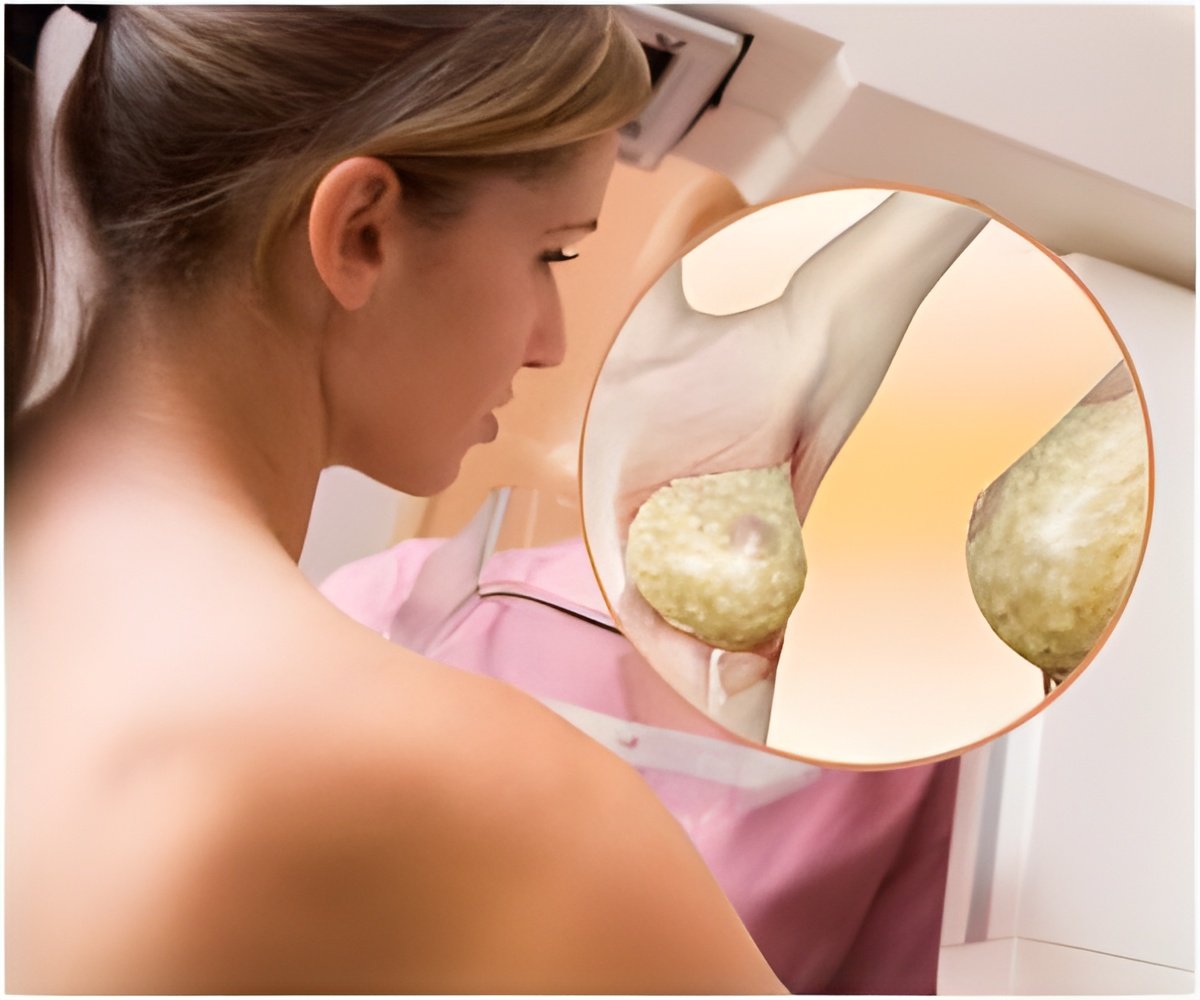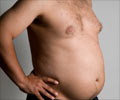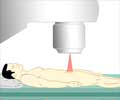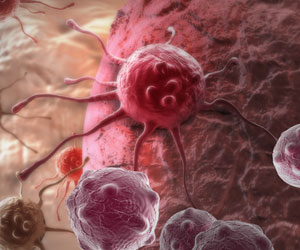New research in The FASEB Journal has implications for breast cancer treatment based on increased autotaxin production in fat tissue after radiotherapy.

‘Finding breast cancer as early as possible gives a better chance of successful treatment, but knowing what to look for does not take the place of having regular mammograms and other screening tests.’





"Patients often undergo 25 daily doses of radiotherapy to the whole breast after surgical removal of the tumor to ensure that any remaining breast cancer cells are destroyed," said David N. Brindley, Ph.D., D.Sc., professor at the Heritage Medical Research Centre within the Department of Biochemistry at Canada's University of Alberta. "During this treatment, the adipose tissue releases autotaxin, an enzyme that initiates a wound healing response. This response ends up protecting the remaining cancer cells and allowing tumors to establish themselves and avoid destruction." To test this idea, Brindley and colleagues exposed rat and human adipose tissue to radiation doses expected during radiotherapy. The radiation produced an increase in autotaxin and an inflammatory wound healing response. The researchers identified several agents that could be used to block inflammation and decrease the wound healing response, which they expect would improve the effectiveness of the radiotherapy.
"This is a potentially major discovery in relation to the efficacy of breast cancer radiation therapy" said Thoru Pederson, Ph.D., Editor-in-Chief of The FASEB Journal.
Source-Eurekalert














